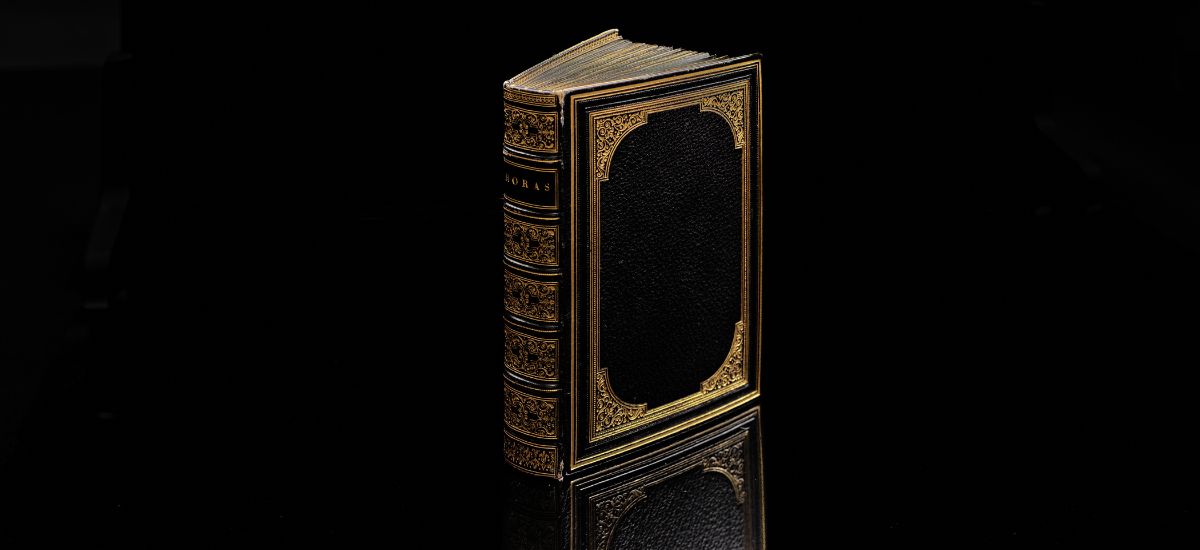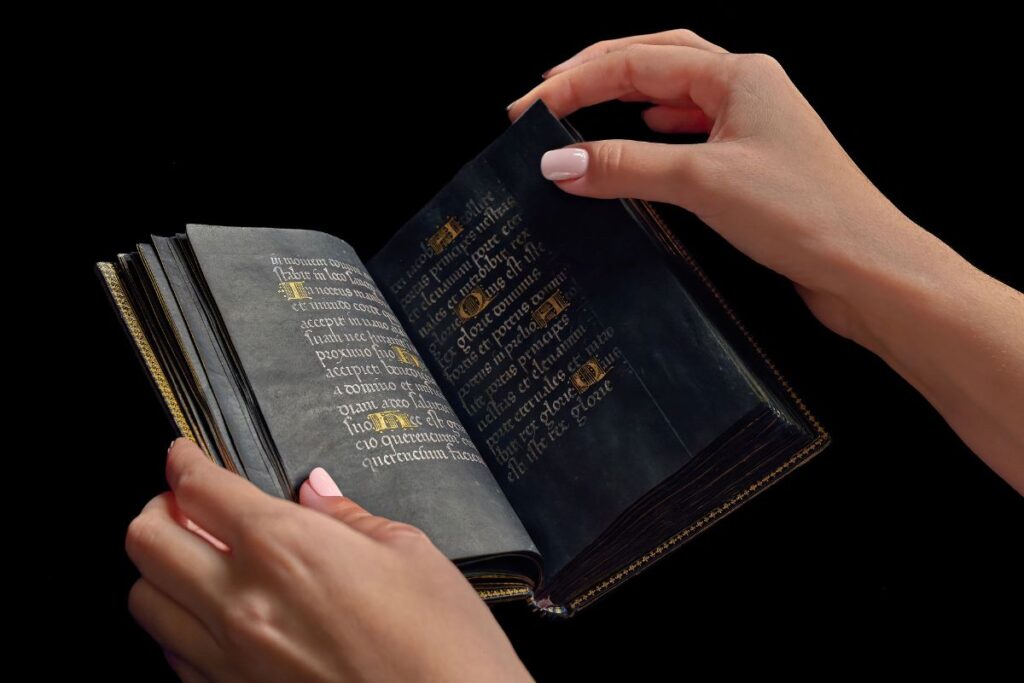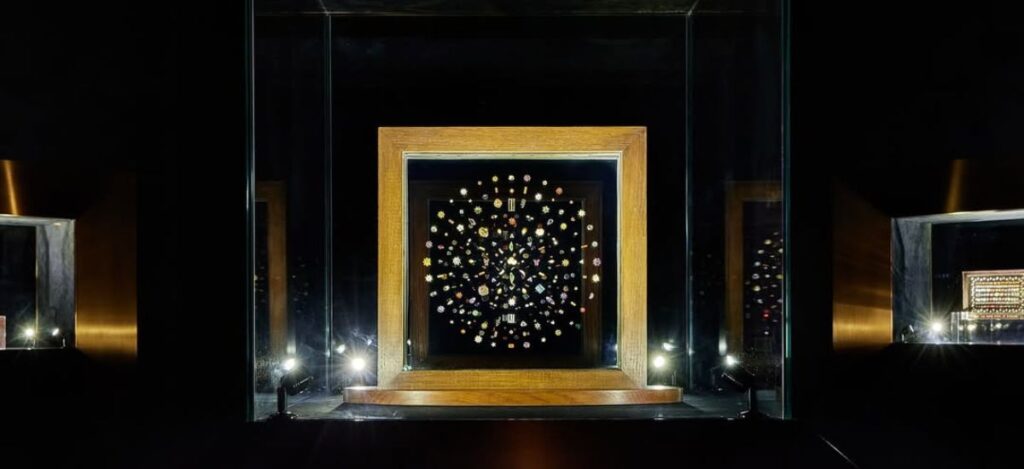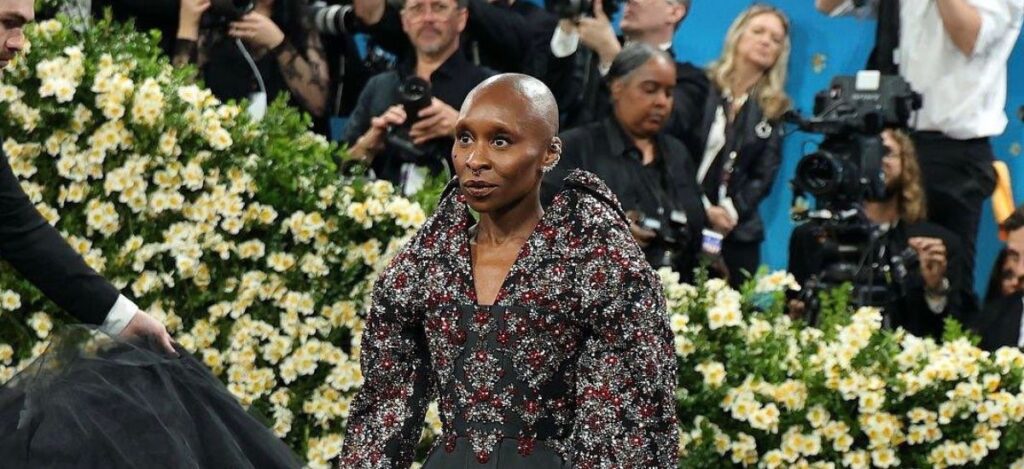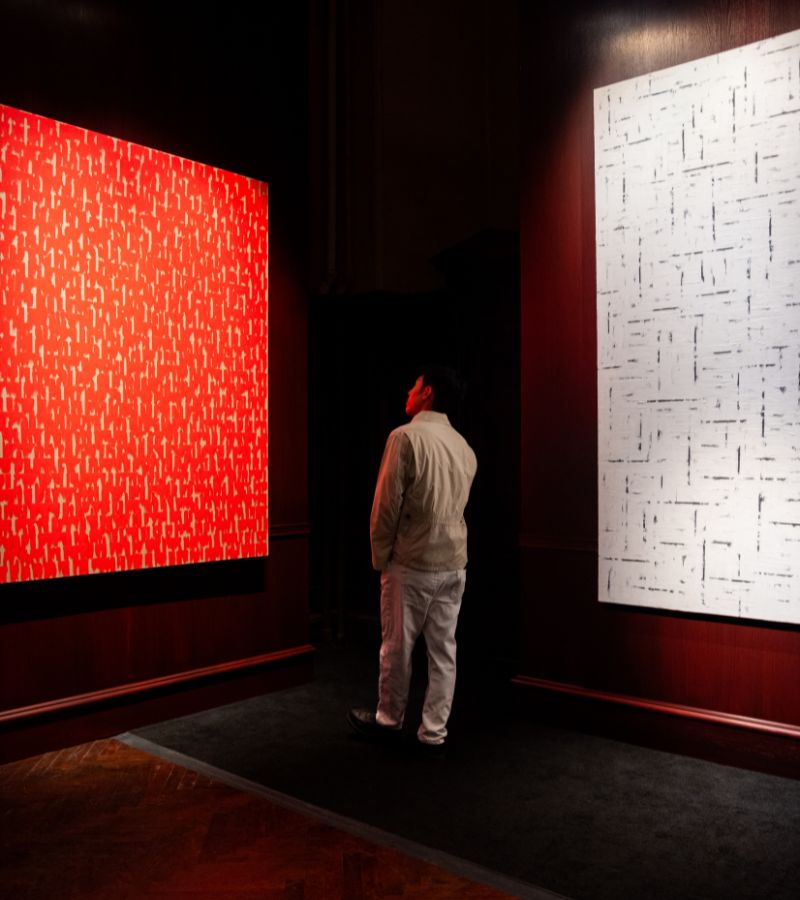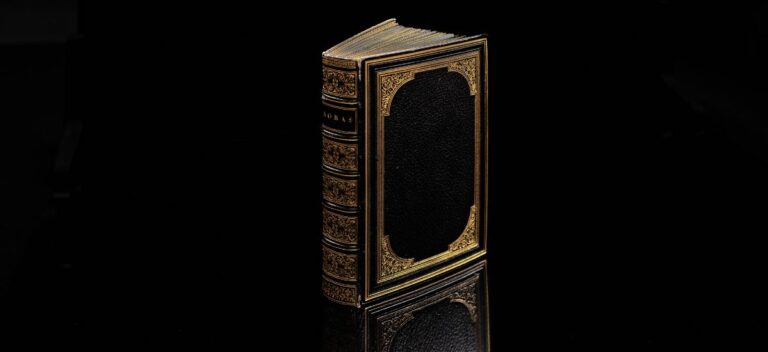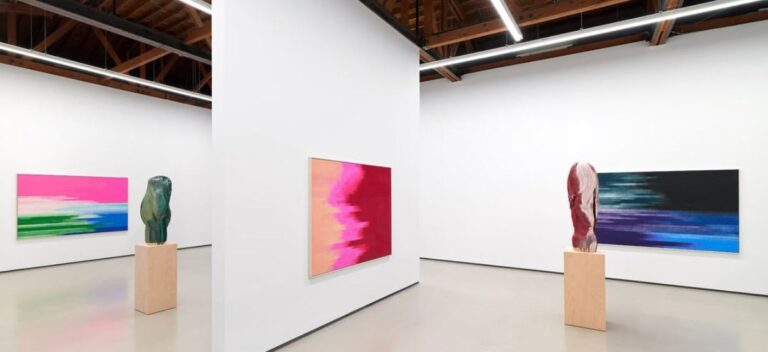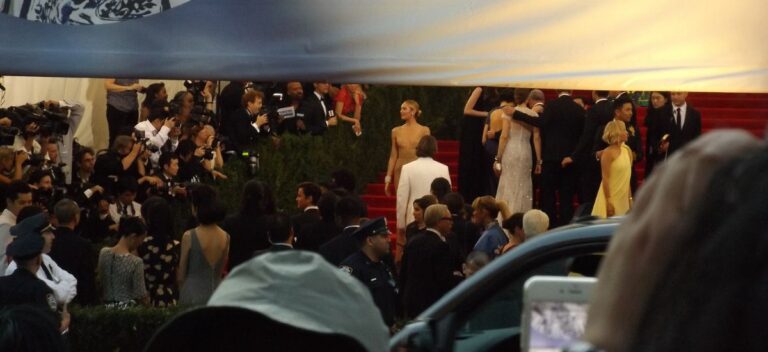In the lead‑up to TEFAF New York 2025 (May 9–13), the fair announced that the Hispanic Society Museum & Library will receive this year’s TEFAF Museum Restoration Fund (TMRF) grant—jointly supported, for the first time, by the Bank of America Art Conservation Project. Their target? Horae beatae Mariae secundum usum curie romane—better known as the Black Book of Hours—one of only seven surviving illuminated manuscripts executed on black‑stained vellum.
Dating to circa 1458 and likely owned by Queen Maria of Castile, this jewel‑toned devotional volume will now undergo a meticulous conservation that addresses structural strain caused by a tight 19th‑century binding, micro‑tears, pigment bloom, and environmental vulnerabilities.

